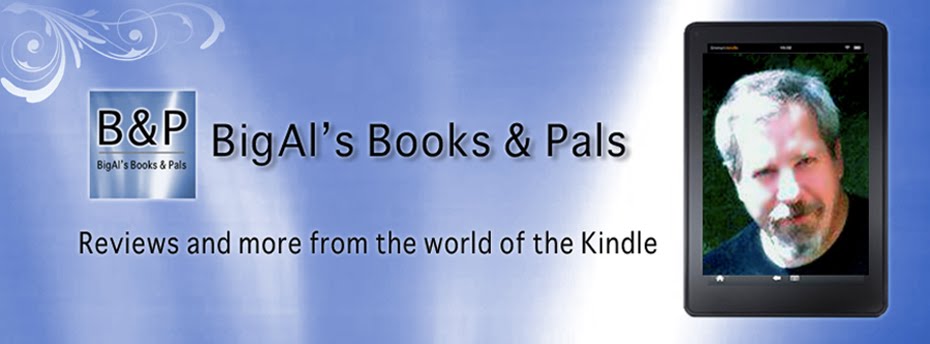Reviewed by: BigAl
Genre: Noir
Approximate word count: 30-35,000 words
Availability
Kindle US: YES UK: YES Nook: NO Smashwords: YES Paper: YES
Click on a YES above to go to appropriate page in Amazon, Barnes & Noble, or Smashwords store
Author:
A native of Scotland, Barry Graham engages in every kind of writing: blogging, poetry, screenwriting, and journalism. He has several books available for your Kindle, including poetry, fiction, and nonfiction. For more, visit Graham’s website.
Description:
Andy Saunders is a survivor. He’s survived an abusive childhood, time on the streets as a runaway, and a stint in the army. Now, life is good. He has a beautiful girlfriend and his own small handyman business. He’s spreading his passion for martial arts by teaching others what he knows and in the process believes he’s helping humankind. When a contract killer murders a friend, and the police do nothing, Andy decides to investigate and stumbles into a situation he might not survive.
Appraisal:
Among the many pieces of advice I’ve seen for authors are variations on the theme of putting your best foot forward at the start of the book. This includes a storyline to draw the reader in and the author’s tightest, most error free writing. If there is going to be a weak spot, it is better to have it be in the middle after the reader is committed and less likely to abandon the book. How Do You Like Your Blue-Eyed Boy? almost lost me very early and put me in a hypercritical mode for the first several chapters. The abbreviated explanation is that I hated the prologue. When I reached the first chapter, rather than being drawn into the story, I found that I was nitpicking at relatively minor things, like the redundancy of describing something as “a few feet of distance” (well of course, it was of distance). I spotted a few instances where there was too much detail. For example:
“I’m okay.” She turned off the TV. Then she stood up. She put her arms around me. “God, you stink.”
I saw this and wondered why we cared about turning off the TV. I questioned describing men in uniform stationed on the Arizona/California state line as “Border Patrol.” While valid critiques, these bothered me more due to my attitude about the prologue.
Despite the bad start, the character of Andy Saunders drew me in. As I learned his back-story, I started liking and respecting him. As the story progressed, either the writing and storytelling got better, or I didn’t pick at the nits as much. Well before the book ended, I was fully engaged in the story, and hoping it would resolve in Andy’s favor.
When I finished, I thought back to my rough start and tried to understand how the prologue fit into the story. I had no idea, so I read it again, hoping to discover how it fit and to diagnose the reasons for my strong, negative reaction. My notes from the initial read mentioned the old saw about telling instead of showing. But that wasn’t really it, at least not the whole story. The prologue shows some murders committed in a house. I believe the point of view used is called third-person omniscient, with a narrator who sees and knows all describing the action and the thoughts of the characters.
I realized while rereading the prologue that my problem was with the description of the killer, the most important person and the focus of the scene. We hear about the killer’s thoughts and what the killer is like, but have no description as to what the killer looks like or even the killer’s gender. The killer is constantly referred to as “the killer,” just like I’m doing here. The second time around, I understood how the prologue tied into the main story; at least I think I did. The prologue set up a mystery (who is “the killer”), but this quandary did little, if anything, to enhance the main story.
This exercise made me consider the purpose of a prologue and to research what others say. Many experts dislike prologues and many readers skip them. For those who believe a prologue is sometimes useful, the main reasons given for their use are as a more economical way to provide needed back-story effectively or as a way to hook the reader through foreshadowing. This prologue does neither. The book would be much better without it. Even if you aren’t one of those readers who skips prologues, this time-- do.
FYI:
Adult language and situations.
Format/Typo Issues:
A small number of typos and proofing issues.
Rating: *** Three stars


No comments:
Post a Comment